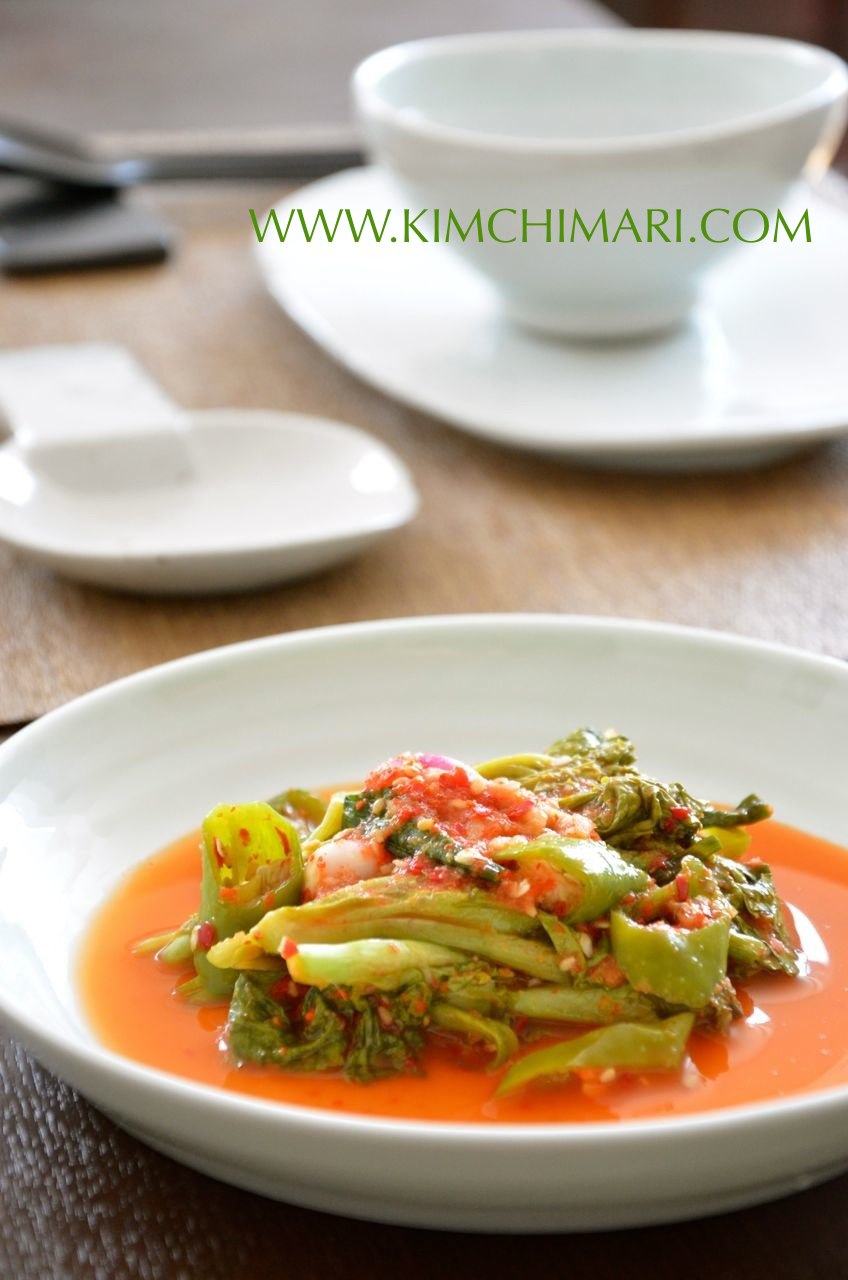
Summer is starting and that means we can no longer eat our Kimjang Kimchi anymore..Sad sad.. It has become way too sour but is still edible though. I give it a good rinse and then use it in dishes where the Kimchi is cooked: such as Kimchi soft tofu stew, Kimchi fried rice, Budae Jjigae, and Kimchi jjigae. Just add extra red pepper powder, spoonful of gochujang, couple cloves of garlic and a bit of sugar to balance the sourness of the Kimchi that is too old and too sour to eat fresh. This is a great tip to know if you ever want to revive or save sour and old tasting Kimchi in your recipes.
At our farm, summer also means our green/red leaf lettuces are reaching the end of its cycle and is getting ready to bloom to spread seeds. This process where lettuces grow tall is called “bolting”.
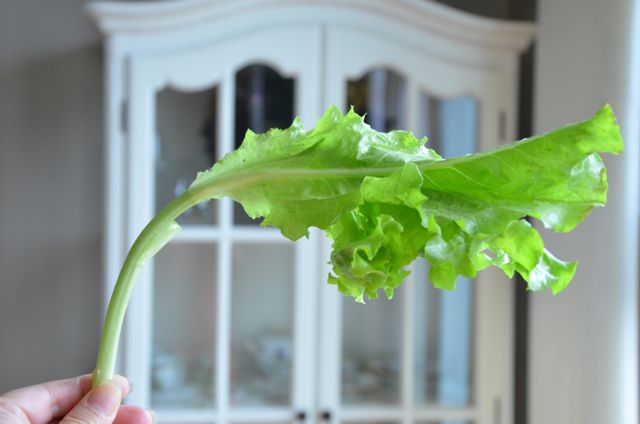
The leaves at this point start to taste bitter and is considered unpalatable by many. However, you know Koreans..;) they really don’t let anything go to waste!
And so.. ‘When life gives you bitter lettuces, you make Kimchi with it!’ 🙂
“Lettuce Kimchi (Sangchoo Kimchi 상추김치)” is a kimchi that I never heard of before coming to Korea. And even in Korea, it is still not very common. It is because Sangchoo Kimchi is still mostly made and eaten at temples (i.e. temple food). Until recently, Korean temple food (Sachal Eumshik 사찰음식) was rarely available outside of temples. But with people wanting to eat more healthy, temple food is gaining more and more attraction. There are now cooking classes offered by monks and their protégés. These days, there are even few celebrity monk chefs that have their own shows on TV!!..hmm.. something about monks having their own TV show?! But why not, it is the age of the mass media.
Because buddhist monks do not eat any meat or fish and also avoid most aromatics such as garlic, ginger and onions (builds too much stamina for men), this Kimchi is also Vegan. What’s wonderful about Lettuce Kimchi is that it is mild enough that it can appeal to many foreigners and is an easier dish to make for many outside of Korea because no special Korean ingredients are needed. The only drawback to this Kimchi is that it will not keep as long as cabbage Kimchi – so try to eat it sooner than later!
Servings: 10+ Time: Prep 15 min + Cook 15 min Difficulty: Moderate
Ingredients * gram weights are approximate
- 2 lb (1 kg) green leaf lettuce (bolted or regular)
- 5 oz (150g) potato (med size), peeled and cut into chunks
- 1 C water
- 4 oz (100g) fresh Korean red chili pepper, minced
- 2 T chopped garlic
- 3 T Korean red chili powder (gochukaroo 고추가루)
- 1 T sea salt
- 1 T sugar
- 4 tsp sesame seeds
- 2 fresh Korean green chili (putgochoo 풋고추), cut into slices
- 2 fresh hot green chili (chungyang gochoo 청량고추), cut into slices
- substitute thai chilis but cut very thin
- 1 bunch Korean purplette onions or bunching onions (chokpa 쪽파)
** Notes about ingredients **
- Korean chokpa 쪽파 is something I have really started to love. It is basically a cross between shallots and scallions. It’s not only cute and pretty but has a bit more sweeter flavor than regular scallions. Finding the exact English equivalent was hard but Alllium Wakegi is the closest one I could find. Some people say it is Japanese bunching onions but I don’t think it is an exact match. It is also called purplette onions by some and I think this is closer.
Korean bunching onions, chokpa, 쪽파, Allium Wakegi, purplette onions
Directions
- Wash and rinse lettuces with the stems and all. If some of the stems are too woody, smash them once with a knife.
- Wash, peel about 5 oz weight of potato. 5 oz potato is about 1 medium size potato. Add 1 C of water and potato chunks to blender and blend until you get potato juice. 😉
blended raw potato - Put potato juice in pot, bring to boil and immediately lower heat to simmer. Stir the mixture often to prevent it from sticking to bottom of pot. Simmer for 10 min or so until the mixture tastes cooked and becomes potato paste.
Potato paste for Kimchi - Prepare the seasonings – chop the fresh red chili pepper and garlic. Rinse and cut Korean bunching onions (chokpa).
- In a extra extra large mixing bowl (Koreans have this just for Kimchi making), add the potato paste (감자풀 Gamja Pool), chili powder, garlic, salt, sesame seeds and sugar. Mix well.
Seasoning base for Summer Kimchi - Add the chopped fresh chili pepper and mix again.
Kimchi seasoning + fresh chopped red chili - Add in the cut purplette onions and green chilis.
Seasoning with purplette onions, green chilis for lettuce Kimchi - Mix the lettuce and seasoning together. Be careful not to handle the lettuce too much. Just gently toss.
Finished lettuce Kimchi (Sangchoo Kimchi 상추김치) - You can eat lettuce Kimchi right away or eat 1-2 days after it has ripened in the fridge. Here is a closeup of how lettuce Kimchi looks when it’s fully ripe.
Ripe Lettuce Kimchi Lettuce has lots of vitamin C and so do the red chilis so it’s a great dish to have in the hot summer! It’s also very clean tasting since no fish sauce was added. Enjoy~
Vegetarian Lettuce Kimchi (Sangchoo Kimchi)
This vegan kimchi is a Korean temple food made without fish sauce and uses nutrient-dense lettuce.Prep: 15 minutesCook: 15 minutesTotal Time: 30 minutesserves: 10Ingredients
- 2 lbs green leaf lettuce (bolted or regular)
- 5 oz potato (med. size, peeled and cut into chunks)
- 1 cup water
- 4 oz fresh Korean red chili pepper (minced)
- 2 Tbsp chopped garlic
- 3 Tbsp Korean red chili powder (gochukaroo)
- 1 Tbsp Sea Salt (Trader Joe's)
- 1 Tbsp sugar
- 4 tsp sesame seeds
- 2 fresh Korean green chili (putgochoo, cut into slices)
- 2 fresh hot green chili (chungyang gochoo, cut into slices)
- 1 bunch Korean purplette onions or bunching onions (chokpa)
Instructions
- Wash and rinse the lettuce with the stems and all. If some of the stems are too woody, smash them once with a knife.
- Wash and peel about 5 oz weight of potato (about 1 medium-size potato). Add 1 cup of water and potato chunks to a blender and blend until you get potato juice.
- Put the potato juice in a pot, bring to a boil, and immediately lower the heat to simmer. Stir the mixture often to prevent it from sticking to the bottom of the pot. Simmer for 10 min or so until the mixture tastes cooked and becomes potato paste.
- Prepare the seasonings. Chop the fresh red chili pepper and garlic. Rinse and cut Korean bunching onions (chokpa).
- In a extra extra large mixing bowl (Koreans have this just for Kimchi making), add the potato paste (Gamja Pool), chili powder, garlic, salt, sesame seeds, and sugar. Mix well.
- Add the chopped fresh chili pepper and mix again.
- Add in the cut purplette onions and green chilis.
- Mix the lettuce and seasoning together. Be careful not to handle the lettuce too much. Just gently toss.
- You can eat lettuce Kimchi right away or eat 1-2 days after it has ripened in the fridge.
Tips & Notes:
Korean chokpa is something I have really started to love. It is basically a cross between shallots and scallions. It has a sweeter flavor than regular scallions. Finding the exact English equivalent was hard but Allium Wakegi is the closest one I could find. Some people say it is Japanese bunching onions but I don’t think it is an exact match. It is also called purplette onions by some and I think this is closer.Nutrition Information:
Calories: 116kcal (6%)| Carbohydrates: 14g (5%)| Protein: 2g (4%)| Fat: 6g (9%)| Sodium: 165mg (7%)| Potassium: 509mg (15%)| Fiber: 3g (13%)| Sugar: 3g (3%)| Vitamin A: 7565IU (151%)| Vitamin C: 32.2mg (39%)| Calcium: 56mg (6%)| Iron: 1.7mg (9%)
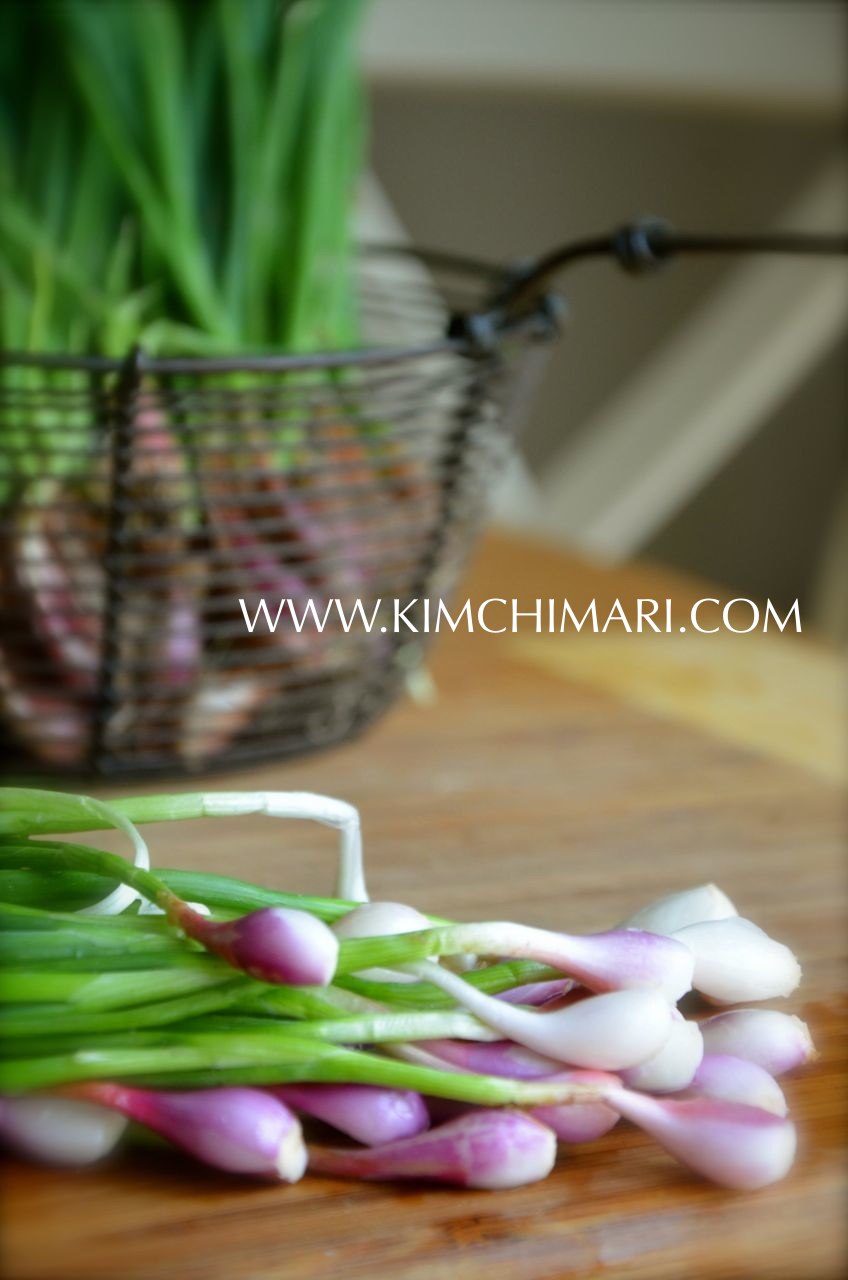
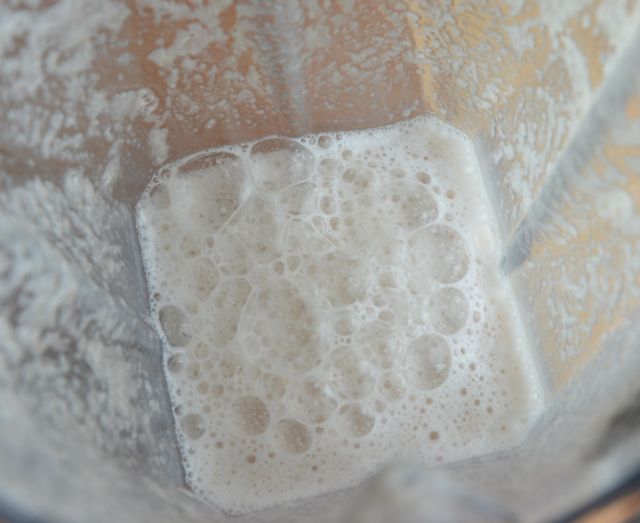

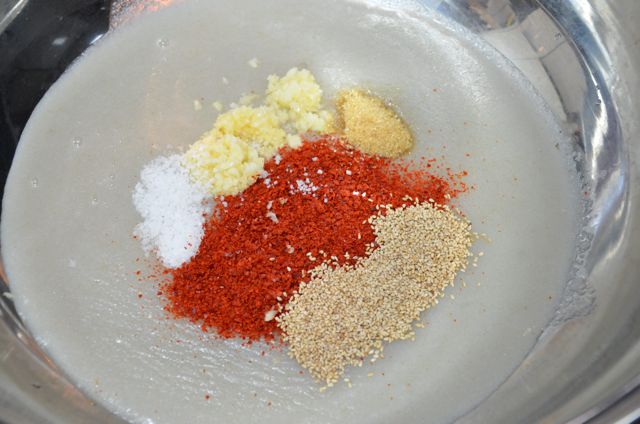
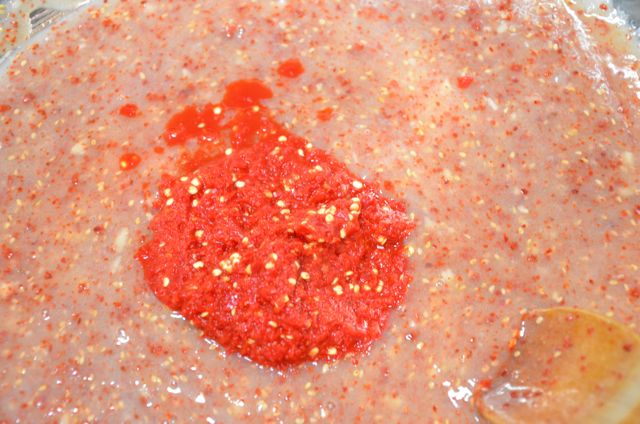
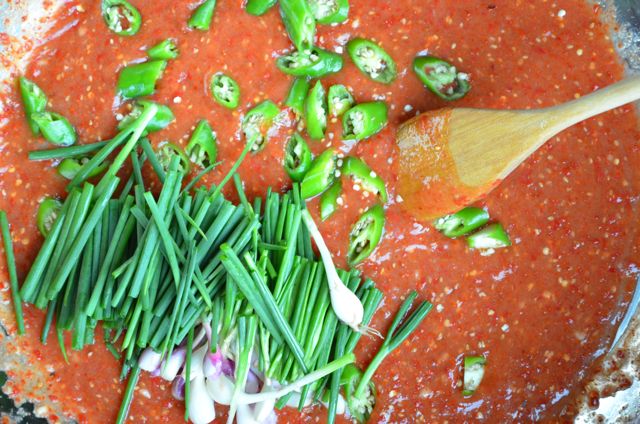
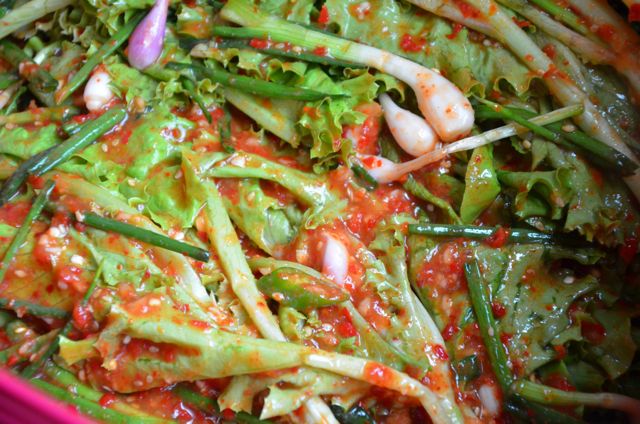
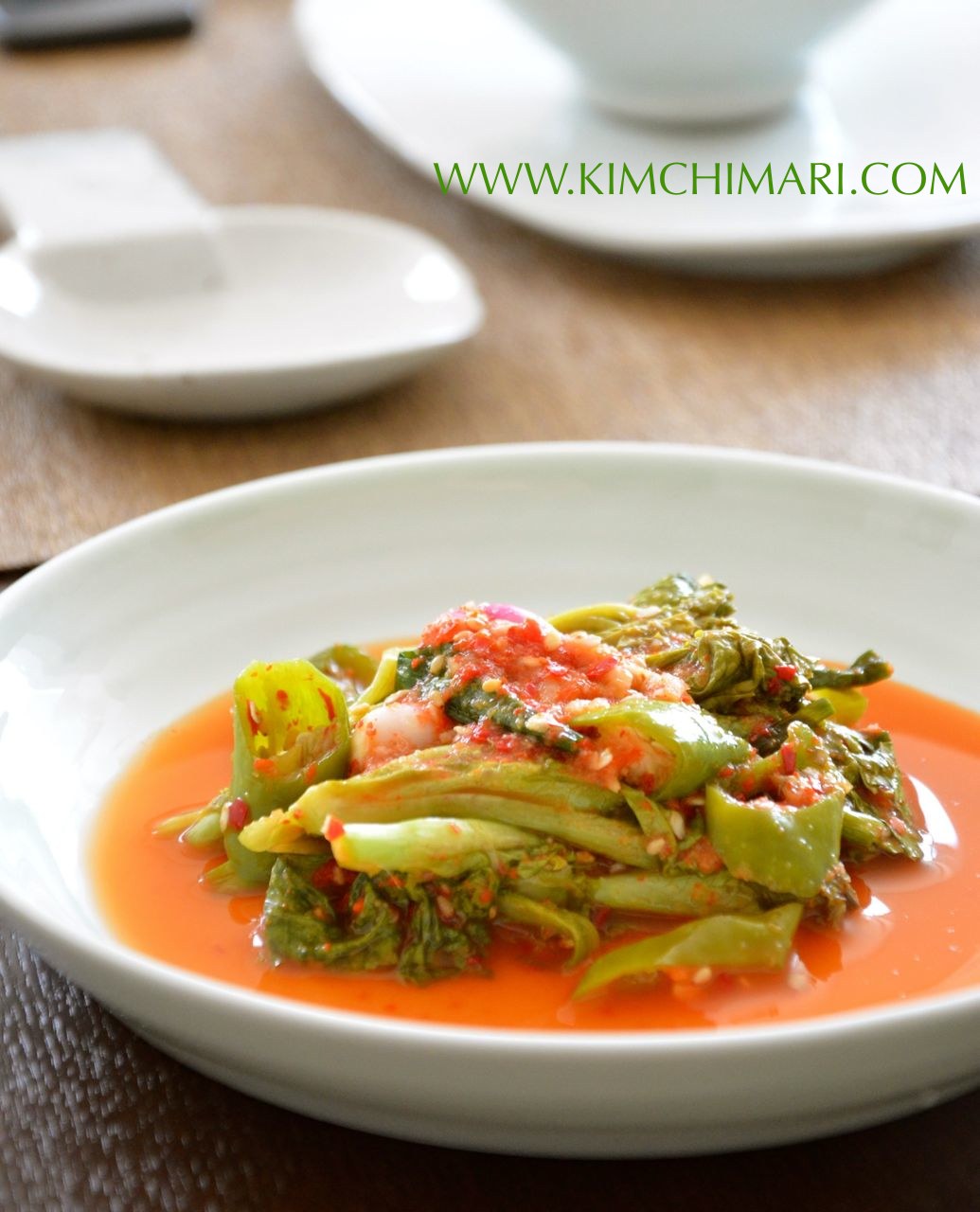
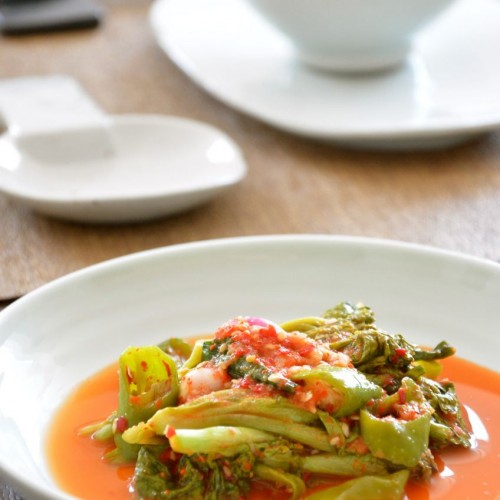
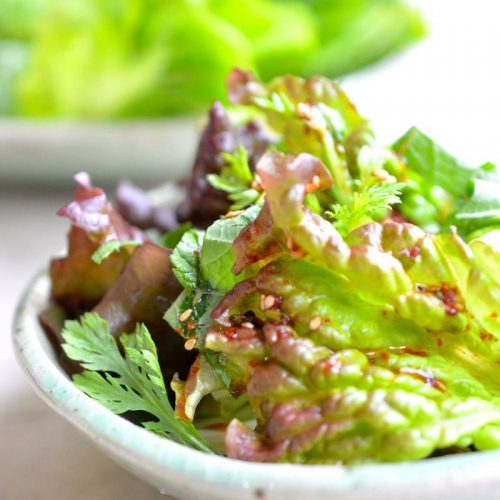

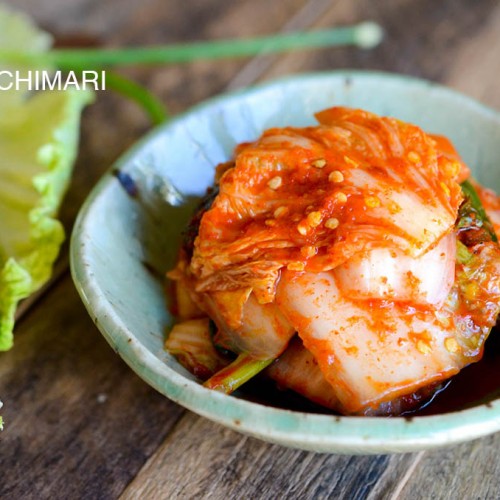
















I’ve been looking for a Kimchi recipe that permits substitutes because I’d rather use what I have on hand instead of creating a specialized grocery list.
I’ll be trying this version out soon.
That’s good to hear. Hope it turns out well for you!
Thank you for teaching me that bolted lettuce has a place other than the compost bin! Now that it’s ripe, it tastes a little like green olives to me — pleasantly bitter/sour/spicy.
You are very welcome! I like your description of how it tastes. Thank you for the feedback.
Best post ever. I am making this at the weekend! Thanks 🙂
Thank you! Hope it turns out good~ it will ripe pretty quickly so keep in the fridge right away.